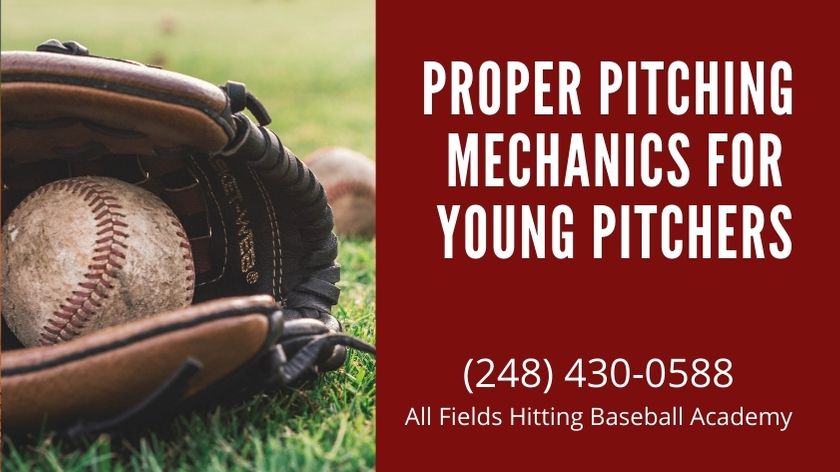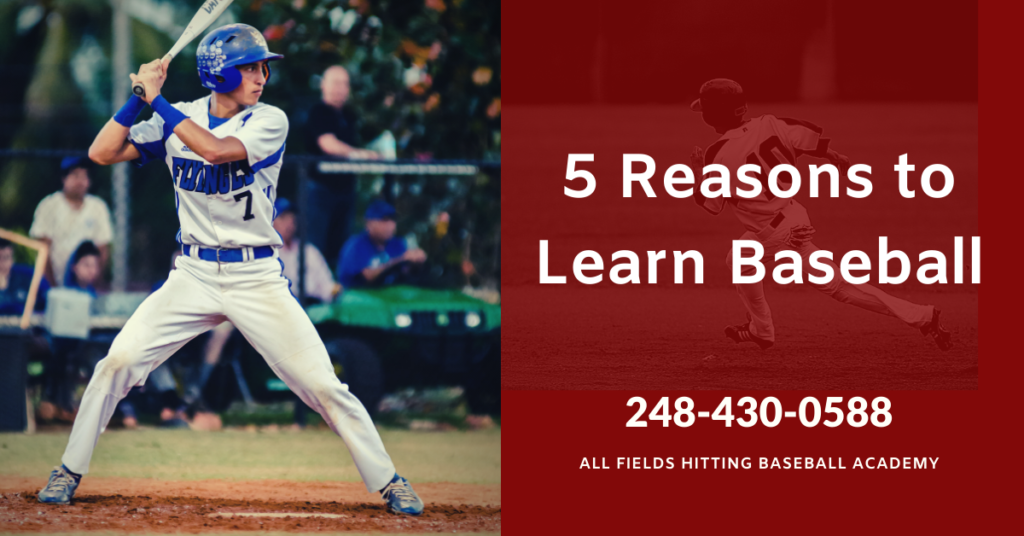Proper Pitching Mechanics For Young Pitchers
The absolute most important thing for young pitchers to learn is proper mechanics. Even before they can throw strikes, they need to learn the proper way to throw that will put the least amount of stress on their arm. Throwing strikes will become easier with proper, repeatable mechanics. Once proper mechanics becomes muscle memory, then they can work on adding pitches and adding velocity.


A good understanding of pitching mechanics does a few things for a pitcher. It helps them build control by making the body work in unison instead of the upper and lower body working against each other. It helps increase velocity for the same reason. But most importantly it helps prevent injury.
There are four goals when teaching mechanics to a young pitcher. These are:
- Teach a motion that helps the pitcher throw straight. The straighter they throw, the more success they will have. As they gain confidence, they will be able to add velocity.
- Teach them mechanics that protect the elbow and shoulder. Remember to keep the front shoulder closed.
- Find a delivery that eliminates excess motion. The less movement in a delivery, the more likely the pitcher will be able to maintain balance and proper mechanics.
- Simplify the delivery into steps that pitchers and parents/coaches can remember and repeat.
A pitch takes only about two seconds to execute but can be broken down into 13 repeatable steps.
Starting Stance
The pitcher stands on the pitching rubber with the toe of his pivot foot extending over the rubber and his free foot shoulder’s width away. Stand facing the catcher with your shoulders square. The pitcher’s hands should be at the belt or held mid-chest. This starting position should be comfortable and effortless.
Wind Up
After the pitcher gets his signal from the catcher, he begins his wind up. This includes a hand pump and a rocker step. The hand pump can be lifting the hands over the head, or as simple as moving your hands up and down slightly when beginning your rocker step. If your pitcher suffers from poor coordination or has problems with balance, reducing the hand pump or eliminating it all together can simplify his pitching motion.
The rocker step transfers the weight from the pivot foot to the free foot, and “rocks” back to the pivot foot to deliver the pitch. The rocker step should be small, three to six inches. It’s usually 90 or 45 degrees from the plate, but occasionally directly backwards. Stepping to the side or 45 degrees makes planting the pivot foot on the pitching rubber easier. The next step in the wind up is the pivot. The pivot is where you transfer your weight back to your pivot foot, placing it in front of and parallel to the pitching rubber. (Your foot must be touching the pitching rubber, or you will be called for a balk.) Many pitchers who have too long of a rocker step exhibit the “moon walking” effect during pivot. This means that they drag their pivot foot backwards along the pitching rubber. If you see this happening, the pitcher needs to shorten their rocker step.
Leg Lift
After weight has shifted back to the pivot foot, the pitcher is ready to lift his leg. Always lift with the knee, and not kick the leg, as this will cause the pitcher to lose balance. Body weight should remain centered over the pivot foot until the knee has reached its maximum height. After that, the pitcher strides forward and downward.
Maximum Knee Height
The maximum height for a leg lift should be approximately 60-70% of a pitcher’s height. The lifted foot should angle backwards slightly toward second base, this keeps the hips closed.
Stride
The stride is where you make the majority of your velocity. There is a myth that a higher leg lift produces better velocity. That’s false, because with a high leg lift, it needs to come back down before beginning the stride forward, and that’s wasted energy and motion.
The stride forward to the plate should begin at the exact moment when the knee reaches its maximum height and begins to come back down. The most important aspect of the stride is remembering to lead with the front hip.
Stride Foot Contact
Your stride foot should land flat on the ground with the toe pointed toward your target. When your stride foot hits the ground, the pitcher’s head and torso should generally be in between his two feet. The lead knee should be positioned above or slightly behind the inside of the ankle.
Arm Cocking
At the point your stride foot hits the ground, the throwing arm should be cocked behind the head, elbow leading, with the forearm nearly parallel to the ground. The ball should be behind the ear. The glove arm should be opposite of the throwing arm, creating a motion like the arms on a clock, or a fan. As the throwing arm goes forward, the non-throwing arm goes backward.
Maximum External Rotation
Maximum External Rotation is how far back your forearm can be as you stride forward. The closer to horizontal, the more velocity you will generate.
Arm Acceleration
After Maximum External Rotation is reached, the elbow is leading toward the plate and the hand and ball quickly follow, creating rapid acceleration. After your plant leg lands, the knee will flex. At the same time, the throwing elbow pivots forward like a catapult, creating acceleration and velocity.
Release
When the ball passes the head, the fingers should be behind and slightly on top of the ball. When the ball is released, the arms and hand will naturally pronate. Lots is made about arm slots. In one study, pitchers with the greatest velocity used a 10 degree arm slot. But generally, if the pitchers mechanics are good, don’t change their arm slot.
Arm Deceleration
After the ball has been released, the shoulder muscles exert great force slowing the arm down. The energy is also dissipated through the major muscles of the trunk and legs.
Maximum Internal Rotation
As the shoulder rotates back toward the body, this is called maximum internal rotation. The rapid deceleration of the arm in its internal rotation is what causes sore muscles. Good mechanics and proper follow through can reduce that.
Follow Through
Proper follow through is critical to reducing injuries. The majority of the shoulder muscles used in pitching are activated during follow through. After the pitching motion is complete, the glove hand should be brought back up to the fielding position as quickly as possible, both because the pitcher is a defender, and to protect him from hard hit line drives.



